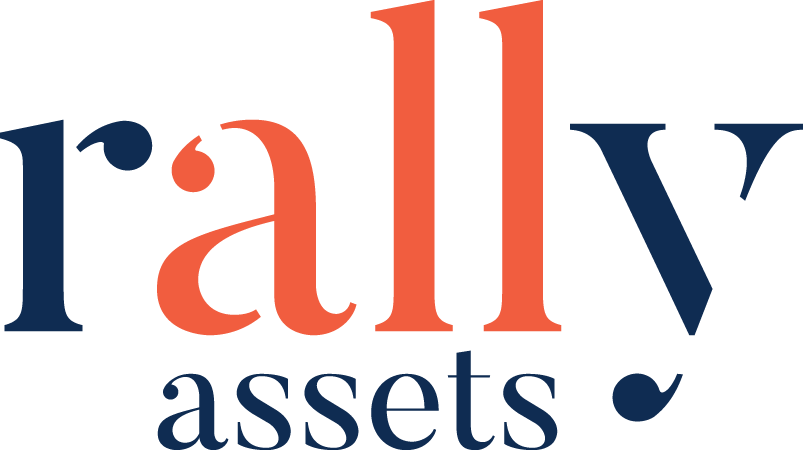Insights
Impact Assessment Methodology
At Rally Assets we view investment opportunities through the perspective, or ‘lens’, of impact. With our impact lens we see clearly how well companies are supporting positive environmental and social impact.
Rally Inclusive Impact Methodology
When we think about impact, we think about it in a comprehensive way. We dig deep and wide to understand impact. While some impact data is still hard to come by, and we are continuously improving, we believe our methodology is the most comprehensive in use in Canada.
This comprehensiveness is a reflection of our team’s genuine commitment to fully measuring impact so that capital can be shifted into truly impactful companies to bring about a shift in the economy, and the world, towards social and environmental sustainability.
The comprehensiveness can be seen in:
- The use of numerous sources to examine a company’s impact
- Our wide definition of impact, considering positive and negative effects in not only what a company sells but how it operates
- Our ability to provide a total portfolio view of impact, across and within all asset classes
Through our assessment, we conclude how well a company is aligned with the UN’s 17 Sustainable Development Goals (SDGs) and whether investment in that company will help to create the economic shift towards sustainable development.
With our methodology, we are able to gain many insights into impact, including:
- Revenue and operational alignment and misalignment to the UN SDGs
- Analysis of the most and least SDG-aligned companies across both revenue and operations
- The momentum of companies towards greater or worse alignment with the SDGs
Our fundamental analysis contributes added depth to the assessment within our two impact funds. For example, we consider our impact fund companies in terms of transformation — their intentionality and capacity to transform operations and offerings towards greater alignment with the SDGs.
One question, 5 themes
When we consider a company’s impact, we set out to answer one question: Is this company contributing to the economic shift needed to achieve the United Nations’ 17 Sustainable Development Goals (SDGs)?
The SDGs: a framework for systems change
The SDGs are a plan to promote prosperity while protecting the environment. The 17 interconnected goals set out how to deliver global sustainable development. While governments have developed the goals and signed up to their implementation, government action alone will not be enough to achieve them; private investor capital is needed and indeed the SDGs aim to foster collaboration within and between international private and public stakeholders.
The SDGs help investors like us identify areas where capital can address the world’s biggest problems. They have become a universal framework for impact investing. Given their ubiquity, the SDGs are well positioned to help bring about systems change.
While the SDGs are used globally as a framework when impact investing, there is no universally agreed way to apply them directly to investment decisions because they do not specify in of themselves where investment capital should be directed. To translate the SDGs into action, we mapped all 17 to five investable themes, each containing several investment areas, which we use to screen and evaluate companies and then measure, manage and report on impact.
Sustainably Meeting Basic Needs
This is about access to resources for long-term human well-being. Investment areas in this theme include Sustainable, Nutritious and Humane Food Systems and Disease Prevention and Response.
This theme is aligned with five of the SDGs.
Empowering the Structurally Excluded
This is about reversing structural inequalities. Investment areas in this theme include Gender and Minority Representation and Empowerment; and Access to the Digital Economy.
This theme is aligned with five of the SDGs.
Addressing Climate Change
This is about altering the energy economy and replenishing carbon stores. Investment areas in this theme include energy efficiency and sustainable transport and logistics.
This theme is aligned with two of the SDGs
Sustainable Use of Natural Capital
This is about conserving, restoring and preserving natural resources to nurture ecosystems and foster resilience. Investment areas in this theme include renewable and Sustainably Sourced materials, and water and Resource efficiency and Sustainability.
This theme is aligned with three of the SDGs.
Social Infrastructure
This is about building the foundations to create transparency and equal opportunity for a more just and resilient society. Investment areas in this theme include democratized employment and Payments infrastructure and fraud prevention.
This theme is aligned with two of the SDGs.
Investing in companies that help achieve the SDGs is about more than just doing the right thing for society, it’s also a smart investing strategy.
 
SDGs are important because they help:
Identify Opportunities
The Business and Sustainable Development Commission estimates that achieving the SDGs could produce over US$12 trillion in new market opportunities in areas such as food, agriculture, cities, energy, materials, health and well-being and could create over 380 million jobs.
Avoid Risk, Find Resilience
Many companies are now expected to consider the SDGs as part of their overall decision-making, with growing recognition that continuing the practice of externalizing costs would expose them to policy and reputational risks. The SDGs provide a framework for analyzing the externalities that companies should internalize to be more resilient to future crises, more stringent regulations, growing societal pressures and stakeholder capitalism.
Create Action
Through direct engagement and allocation of capital investors can collectively push companies for more positive impact and improvement towards the commonly understood SDGs.
Evaluate Impact
Corporate revenues and operations can be assessed, measured, and mapped based on which SDGs they impact favourably or adversely.


















